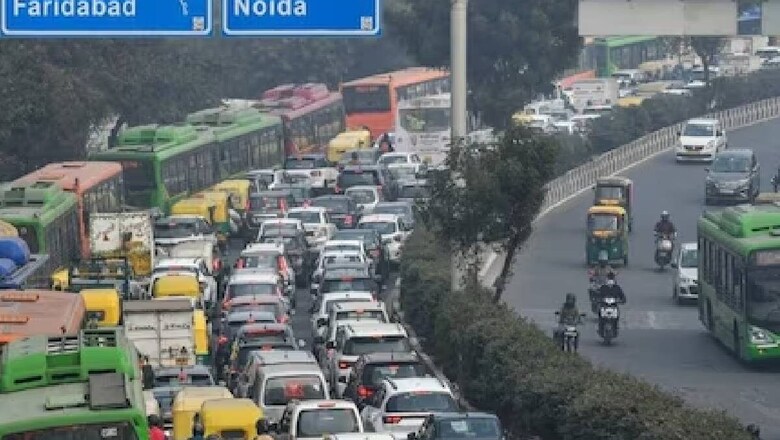
views
Urban mobility has been witnessing a remarkable transformation in India. It is driven by a blend of innovation and necessity. The need for more sustainable and efficient transportation options in bustling cities has paved the way for exciting trends, primarily in the form of ride-sharing and electric scooters.
Both battery-powered vehicles and the ride-sharing mobility segment have somehow benefited society, providing seamless options for commuting one place to another. In this article, we will try to put points, which helped in transforming the whole mobility sector.
Ride-Sharing Applications
The country like India, which is known for traffic jams and congested roads, ride-sharing platforms came out as a big relief, allowing them to travel without investing much effort. In a view to give a boost to the idea, services like Uber and Ola gained immense popularity lately, offering urban dwellers a convenient alternative to traditional means of transportation.
The platform not only allows the public to book a ride through a smartphone but also reduces the stress associated with daily commutes.
Ride-sharing not only provides an efficient means of transport, but these platforms help minimize pollution and alleviate congestion in metro cities.
Electric Scooters
Electric scooters have taken Indian cities by storm. These compact, emission-free vehicles are an attractive option for short trips and “last-mile” connectivity. In a country where long traffic jams become a trend with each day passing, electric scooters offer a nimble and eco-friendly solution to navigating congested streets.
One of the remarkable aspects of electric scooters is their contribution to reducing air pollution. As our cities grapple with rising pollution levels, these scooters provide a zero-emission mode of transportation. Their small size and agility help ease traffic congestion, promoting a smoother flow of vehicles and commuters.
Impact on Urban Mobility
The influence of ride-sharing and electric scooters on urban mobility is undeniable. They not only address the pressing issues of traffic and pollution but also cater to the evolving needs and preferences of city residents. These trends are in harmony with India’s ongoing commitment to sustainable transportation solutions.
However, challenges persist, including concerns about safety and the need for robust infrastructure.
Expert Opinion
Reacting about the sudden growing segment, Co-founder & CTO at Tummoc, Narayan Mishra says “In this evolving landscape, the government, industry, and consumers must collaborate to ensure the seamless integration of these trends into our urban fabric.”
In addition, he said “As we strive for more sustainable and accessible cities, these mobility trends are not just a trend; they are a positive step towards reshaping the way we move within our cities. The future of urban mobility in India is marked by convenience, sustainability, and efficiency, and we are on the right path to achieving it.”

















Comments
0 comment